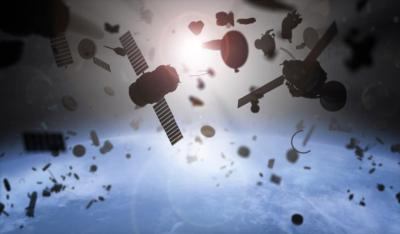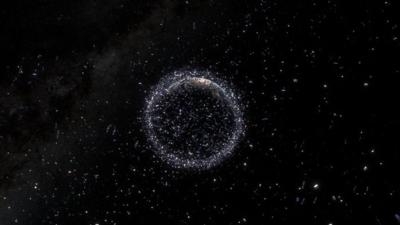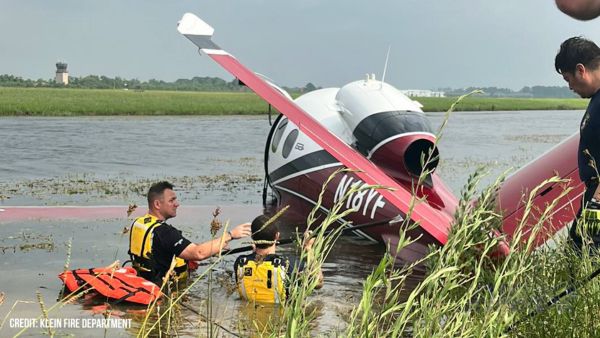Fri, Nov 26, 2021
“A Workable Strategy” for Eliminating Space Debris
An Embry-Riddle Aeronautical University professor and his co-inventors patented a workable, functional solution to the prevention of spaceborne debris accumulation. Named the Drag De-Orbit Device, or D3, the system is designed to guide small satellites out of Earth orbit into the atmosphere where they burn up in re-entry. The increased usage of private and commercial satellites, even smaller ones for cheap research experiments, presents an ongoing risk for all

orbital equipment. High-speed space flotsam can function similar to buckshot circling the globe, blocking off orbital stations or tracks from future use.
The inventor, Dr. Riccardo Bevilacqua, a professor of Aerospace Engineering at the university, saying “The D3 helps solve the problem of space debris by safely steering the atmospheric re-entry and demise of low-Earth orbit spacecraft.” His work piqued the interest of Orbotic Systems, a space debris specialist, and led to their licensing of his tech. “We are confident we will see the D3 attracting the attention of the private sector, given future plans on injecting thousands of small spacecraft into low orbits — for Earth observation, providing global internet and much more,” he said. “I would expect things to ramp up in the next five years or less.”

The D3 is a 10 by 10 by 5 centimeter system that mounts on the back of a satellite to connect with its flight control system. Using independently deployable and retractable booms, it can adjust its incoming trajectory while returning to earth, skimming the atmosphere so it can create a de-orbit track away from populated areas. It can double as a collision avoidance maneuvering system while in space, a bonus for satellite designers hoping for more control over their systems even after their deployment.
Bevilacqua and graduate student Nicolo Woodward will begin the integration of new electronics into the system in preparation for test flights beginning in late spring 2022.
More News
“Warbirds in Review features veterans, aviation legends, and aircraft that simply cannot be seen together in one place anywhere else in the world. Many of these veterans main>[...]
Also: VAI v Anti-Heli Actions, Electric Aircraft Symposium, 2024 FAA Drone/AAM Symposium, Gravitymaster Blue Origin's seventh passenger flight ended with a smidgeon of drama when o>[...]
“The importance of this YF-16 paint scheme is celebrating 50 years of the F-16 Viper. Everyone at Edwards has a big sense of pride for not only supporting the Viper Demo Team>[...]
Aero Linx: National Aeronca Association We are dedicated to supporting the design and preserving the history of Aeronca aircraft. Founded by Jim Thompson and fostered by his leader>[...]
Klyde Sounds Like He's Defining An 'Influencer' FMI: www.klydemorris.com>[...]
 Aero-News: Quote of the Day (05.25.24)
Aero-News: Quote of the Day (05.25.24) Airborne 05.22.24: NS-25 Chute Failure, #HonorTheWASP, SkyCourier 'Combi'
Airborne 05.22.24: NS-25 Chute Failure, #HonorTheWASP, SkyCourier 'Combi' Aero-News: Quote of the Day (05.26.24)
Aero-News: Quote of the Day (05.26.24) ANN's Daily Aero-Linx (05.26.24)
ANN's Daily Aero-Linx (05.26.24) Klyde Morris (05.24.24)
Klyde Morris (05.24.24)




